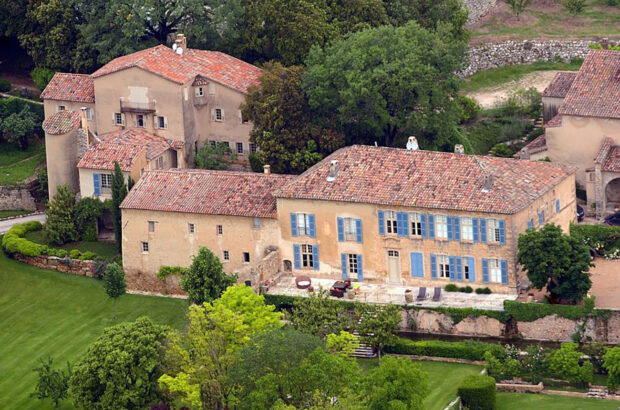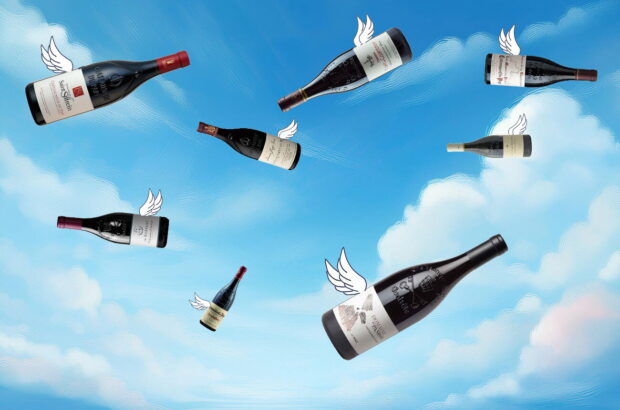See Decanter's vintage guide for Sauternes and Barsac 2003
Sauternes and Barsac 2003
Keep
From the best estates, ripe, powerful, concentrated sweet wines with excellent botrytis expression and aging potential; watch out for flabby wines from lesser estates
Weather Conditions
Already well concentrated by the summer heat and drought, light rainfall between 5 and 10 September promoted the botrytis which attacked the grapes in a uniform manner.
This alternating heat and moisture, helped by an east wind, completed the process of concentration. After a first picking of certain parcels which appeared passerillized by the heat, the remainder of the crop was gathered in a single picking, an exceptional harvest for Sauternes.
Extraordinarily rich and opulent, the first musts show sugar-levels rarely achieved in the past, together with very high alcohol content with aromas of apricot symptomatic of top-quality Sauternes. Conditions for sweet wines were similar in St Croix-du-Mont, Loupiac and Cadillac on the opposite bank.
Unlike yield in other parts (red or dry white), production of the sweet botrytized wines this year showed a net increase over 2002 which produced an average yield for Sauternes of 16 hectos/hectare. Quantity will therefore be greater since the weather conditions promoted early picking, and less waste. Quality + quantity should be the end result.







